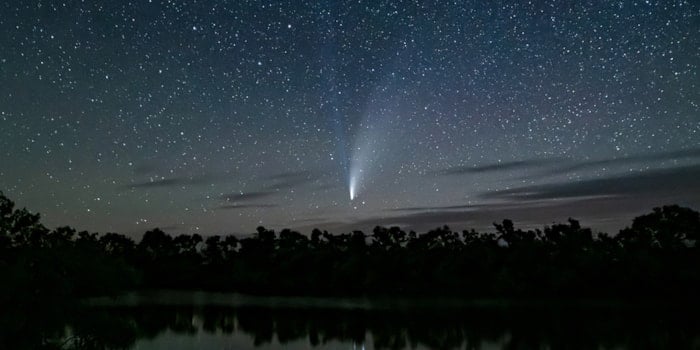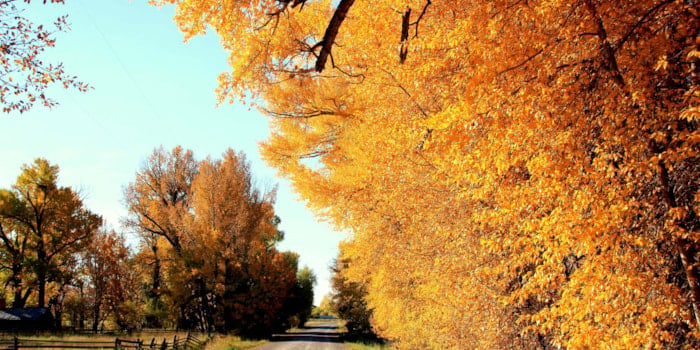Planning a Hunting Trip in Central Montana
Posted September 15, 2021

All ears and look at those velvety antlers
Memories seem to pop up as I watch each season change. This time of year the changing colors of Montana’s fall landscape remind me of family times spent hunting.
We rarely went upland game bird hunting although I’ve grown fond of that in recent years. Antelope (fastest land mammal in the Western hemisphere) and deer were on our hunting list. They’d provide good lean meat for the freezer and were usually nearby.
I first remember not wearing the right clothing – not dressing warm enough for those early morning chilly temps. But most of all, I remember the casual conversations we’d have while walking the coulees in search of game. And, the early morning drives to get to the hunting areas. There were days when no game was harvested and no shots were fired, but the time spent together is my favorite memory.
Montana has a long tradition of hunting and our state Fish, Wildlife & Parks has worked diligently to preserve access for hunters.

Pronghorn, locally referred to as antelope
One of the most frequently asked questions Central Montana gets is about Montana’s Block Management program, specifically on private land although some isolated public land is included in the program.
Block Management Areas (BMAs) have been part of Montana’s hunting climate for over 25 years. The program has been refined over time and has also grown.
MT Fish, Wildlife & Parks notes that over 7.1 million acres of private land and isolated public land are enrolled in the program. There are about 1,200 private landowners who participate every year and each receives a small compensation for the hunter who signs in on their private land.
When you see the “sign-in” boxes you’ll realize that It’s not all high tech. Little wooden boxes, some fairly weathered, are mounted on fenceposts of farmers and ranchers who have signed up for the program. Inside the box you’ll find a sign-in sheet.

A majestic elk in the Snowy Mountains
It helps to have a map and MT FWP’s seven region offices have 8 ½” x 11” maps showing country road detail. Maps are also printable from MT FWP’s website.
Probably the best way to start planning your hunt is to go to MT Fish, Wildlife & Parks “Hunt Planner” map. Each hunting district is charted on the map and Central Montana’s landscapes are mostly in Regions 4 (Great Falls) and 6 (Glasgow). The districts in Region 4 all are numbered in the 400 series, Region 6 in the 600 series.
Block Management Areas have different stipulations. Some require advance notice so they can limit the number of hunters on their land at a time. Others are just “sign-in” and hunt. The maps show the requirements.

Archery practice session
MT FWP has managed this program so that access remains available. Landowners could probably lease their land to an outfitter but by being enrolled in Block Management they still get a small fee and they preserve a Montana hunting tradition.
If you’d rather hunt with an outfitter, check these listings. They’ll have incredible knowledge about the areas they take clients and sometimes its nice to have all the details taken care of.
If you aren’t inspired to plan your hunting trip yet, take a look at our video of pheasant hunting or watch the elk bugling video here too. The “sounds of nature” in our elk video will definitely encourage you to either hunt or just listen to these amazing creatures bugling.

Shooting with a camera
Enjoy planning your hunt. Whether you walk through grain fields hunting for antelope or upland game
birds, or trek through the rugged Missouri River Breaks in search of elk, we hope you’ll create memories with family or hunting buddies.
Create your own traditions and keep the memories.
Recent Posts

May 30, 2023
Silence the noise, escape the hurry, and feel light years away in the dark skies of Central Montana – where…
Read More
September 15, 2023
I’ve always felt it is hard to put into words how special Autumn in Central Montana can feel. Ther air…
Read More
August 3, 2023
Escape the mundane and travel south of the border for award-winning microbreweries, tiki bars with mermaids, live music in the…
Read More









